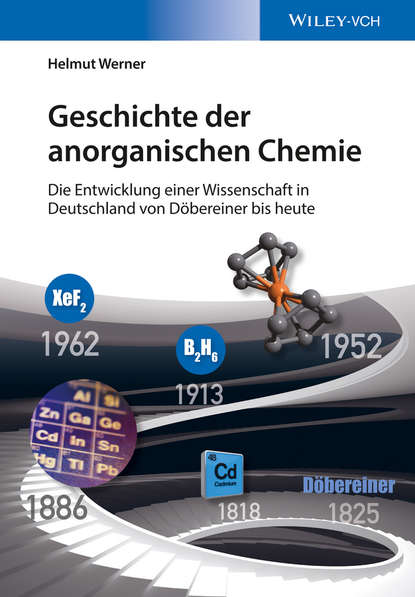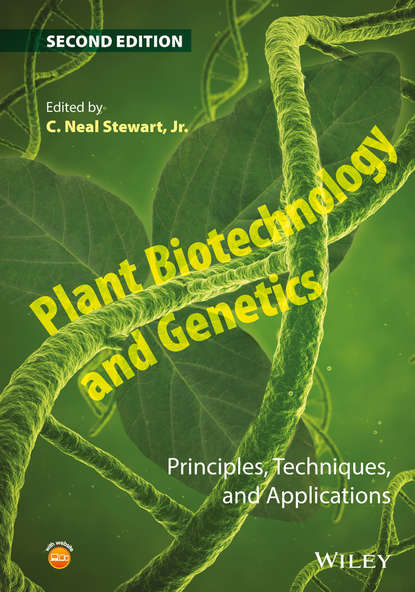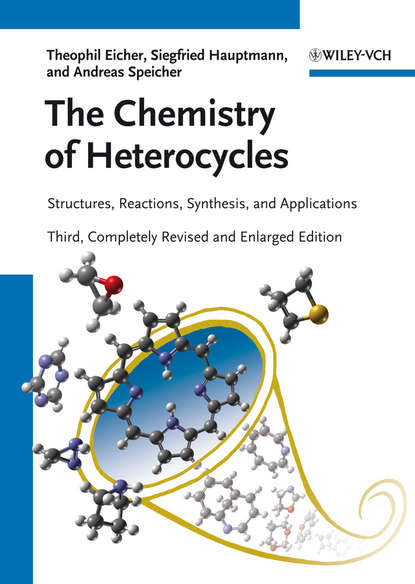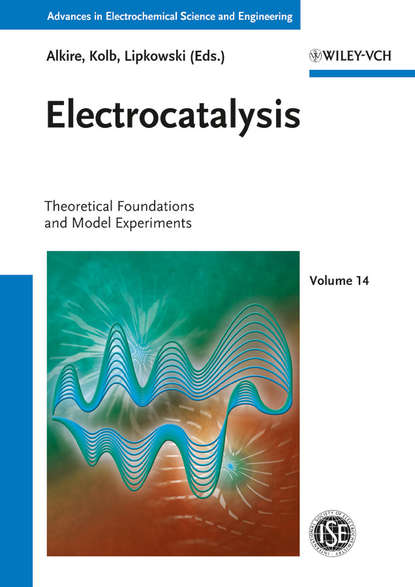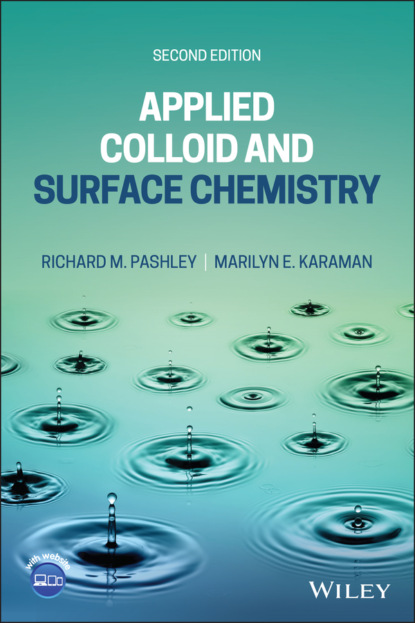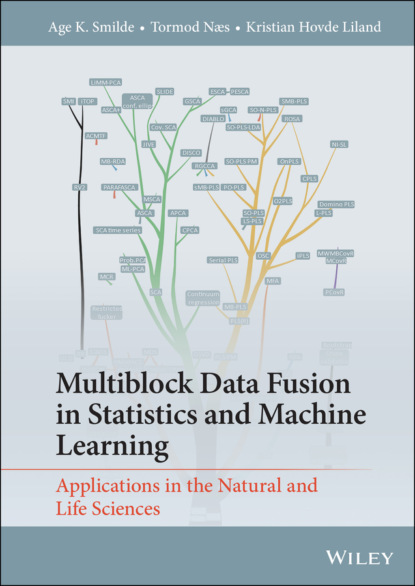Книга "Reviews in Computational Chemistry, Volume 29" - это очередной том серии обзоров, в которых ведущие эксперты в области вычислительной химии делятся своими знаниями и опытом в области молекулярного моделирования, таких как компьютерное проектирование молекул (CAMD), квантовая химия, молекулярная механика и динамика, а также количественные соотношения структура-активность (QSAR). Книга включает главы, написанные экспертами в различных областях вычислительной химии. Среди тем, рассматриваемых в 29-м томе, можно назвать: нековалентные взаимодействия в плотностно-функциональной теории; дальнодействующие межчастичные взаимодействия: понимание на основе теории молекулярной квантовой электродинамики (QED); эффективное моделирование переходного состояния с использованием молекулярных механик; силовые поля для химиков-практиков; машинное обучение в науке о материалах: последние достижения и новые применения; поиск новых материалов с помощью априорного прогнозирования кристаллической структуры; введение в метод максимально локализованных функций Ванье; методы быстрого и автоматизированного описания белков: структура белка, сходство белков и складывание белков.
This new volume of the Reviews in Computational Chemistr covers a wide range of areas each important for modern computational chemists and molecular modelers. The main topics are very interesting ranging from concepts of noncovalent interactions to quantum electromagnetics interacting with matter to the fundamentals of designing novel materials. The book starts with noncovalen interactions, a topic that finds itself at the heart of density functional theory applications and presents work summarizing theory behind this area. Long-range interactions and molecular quantum electrodynamics is next, opening a gate to link modern theory with former treatises on interactions between charged particles. Later chapters on the efficiency of transition-state modeling will illustrate how force fields can aid in molecular modeling techniques allowing researchers to study a seemingly unattainable number of reactions. Finally we are treated to several powerful lessons from machine learning redirected towards materials science, protein structure, structure prediction and methods for protein folding. This book makes academic reading material accessible to undergraduate students so that they have a greater awareness of foundational ideas in their future fields. Christopher J Cramer comes across on the current volume as an ever-present voice of advice and knowledge passing through the pages. This volume is an inspiration for recent graduates interested in pursuing graduate studies in chemical research!
The Reviews in Computational Cheministry series brings together leaders in the field of theory to instruct both newcomers and seasoned professional professionals in the use of topics related to chemical modeling, including computer-aided planning, quantum chemistry and molecular dynamics and other practical implications. This September issue, much like previous editions, consists primarily of chapters given by authorities dealing with various branches of computational chemistry and offers topics ranging from non-solvable interactions within the context of density theory to insight into long-distance interactions among particles, using the principles of molecular quantum electrodynamics to explore new methods for transition-channel modeling through molecular mechanical force fields, which would be along the lines of studies for the everyday chemist. Additionally there are discussions related to the recent progress made and future prospects of machine learning applications in material science, methods for quickly and automatically mapping out the protein structure, protein similarity, and protein folding processes. Among the distinctive features of this volume are contributions by world-renowned researchers, bringing together the foremost authorities in their respective fields. It will appeal to several different levels of scholars, providing the newcomers an extensive overview of these cutting-edge subjects, while the more experienced professionals will find useful shrewd observations and new approaches that can impact their practices.
Электронная Книга «Reviews in Computational Chemistry, Volume 29» написана автором Группа авторов в году.
Минимальный возраст читателя: 0
Язык: Английский
ISBN: 9781119157564
Описание книги от Группа авторов
The Reviews in Computational Chemistry series brings together leading authorities in the field to teach the newcomer and update the expert on topics centered on molecular modeling, such as computer-assisted molecular design (CAMD), quantum chemistry, molecular mechanics and dynamics, and quantitative structure-activity relationships (QSAR). This volume, like those prior to it, features chapters by experts in various fields of computational chemistry. Topics in Volume 29 include: Noncovalent Interactions in Density-Functional Theory Long-Range Inter-Particle Interactions: Insights from Molecular Quantum Electrodynamics (QED) Theory Efficient Transition-State Modeling using Molecular Mechanics Force Fields for the Everyday Chemist Machine Learning in Materials Science: Recent Progress and Emerging Applications Discovering New Materials via a priori Crystal Structure Prediction Introduction to Maximally Localized Wannier Functions Methods for a Rapid and Automated Description of Proteins: Protein Structure, Protein Similarity, and Protein Folding





